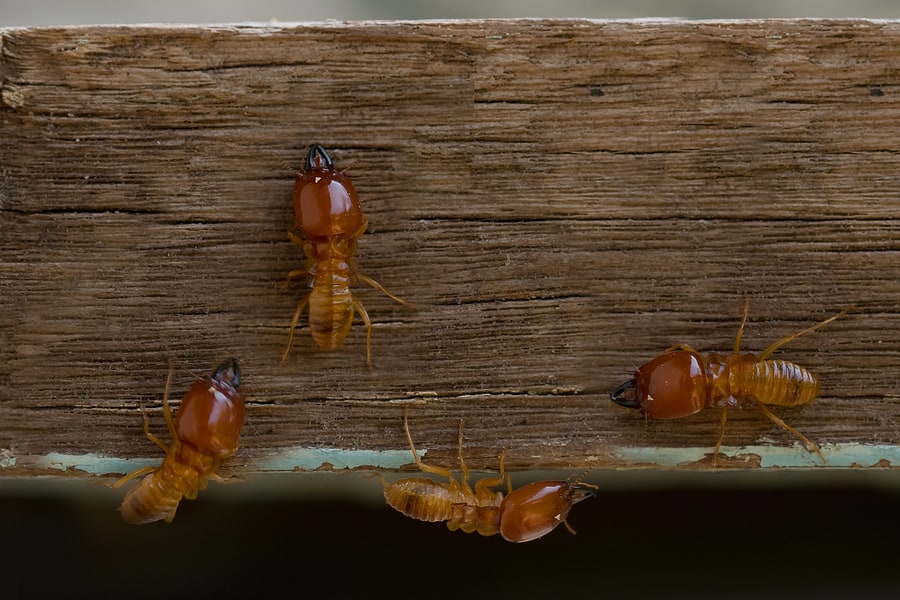Termites cost homeowners billions of dollars each year. Known as silent destroyers, these pests eat wood from the inside out, going long periods of time undetected in your home. Treating termites depends on the type of termite you have. The most common are drywood termites, dampwood termites, and subterranean termites.
You can protect your home from termites by having an annual termite inspection performed on your home. A termite technician will come out once a year and inspect the inside and outside of your home for signs of termites. You can also help prevent termites by keeping soil around your home dry, making sure landscaping doesn’t touch foundations, fixing leaks, and using concrete for foundations.
Sometimes despite our best efforts, termites invade our home. Once they get in, professional termite treatments are necessary to completely eliminate the infestation. The type of treatment you use depends on the type of termite you have. The three most common types of treatments include liquid-soil treatments, bait stations, and sprays/foams.
One of the most important questions any homeowner wants to know when treating termites is how long the treatment takes to work.
- Liquid-Soil Treatments: These treatments work as a barrier around the exterior of your home. A trench is dug around the perimeter and filled with liquid termiticide. The trench is then filled back in. As termites travel from your home to their colony, they pass through the termiticide. These treatments can last up to 5 years. Liquid-soil treatments work faster than bait stations, with colonies usually completely eliminated within 3 months.
- Bait Stations: Bait stations are used outside your home to provide a food source the termites take back to their colonies. These treatments take longer to work than liquid-soil because the termites first have to find the bait, then take it back to their colonies and wait for it to be eaten by all members. Eventually the entire colony, including the queen, will be killed off. Bait stations also have to be monitored on a regular basis and refilled when necessary. Bait stations can take up to 6 months to completely eradicate a termite colony.
- Spays/Foams: Sprays and foams are used to treat existing wood structures or new construction. The product is sprayed directly onto the wood, killing existing termites and soaking into the wood to provide preventative treatment for future infestations. When applied, termites usually start dying off within 1 to 2 days. However, it can take longer for the treatment to reach the queen, if it ever does.
Termites can be a big headache for homeowners. If you have a problem with termites or just want to get ahead with prevention, contact a pest control company who can provide you with a thorough inspection and termite control plan that works best for your situation.
You May Also Be Interested In:
What Types of Grasses Work for My Georgia Lawn?
5 Signs You May Need an Exterminator

